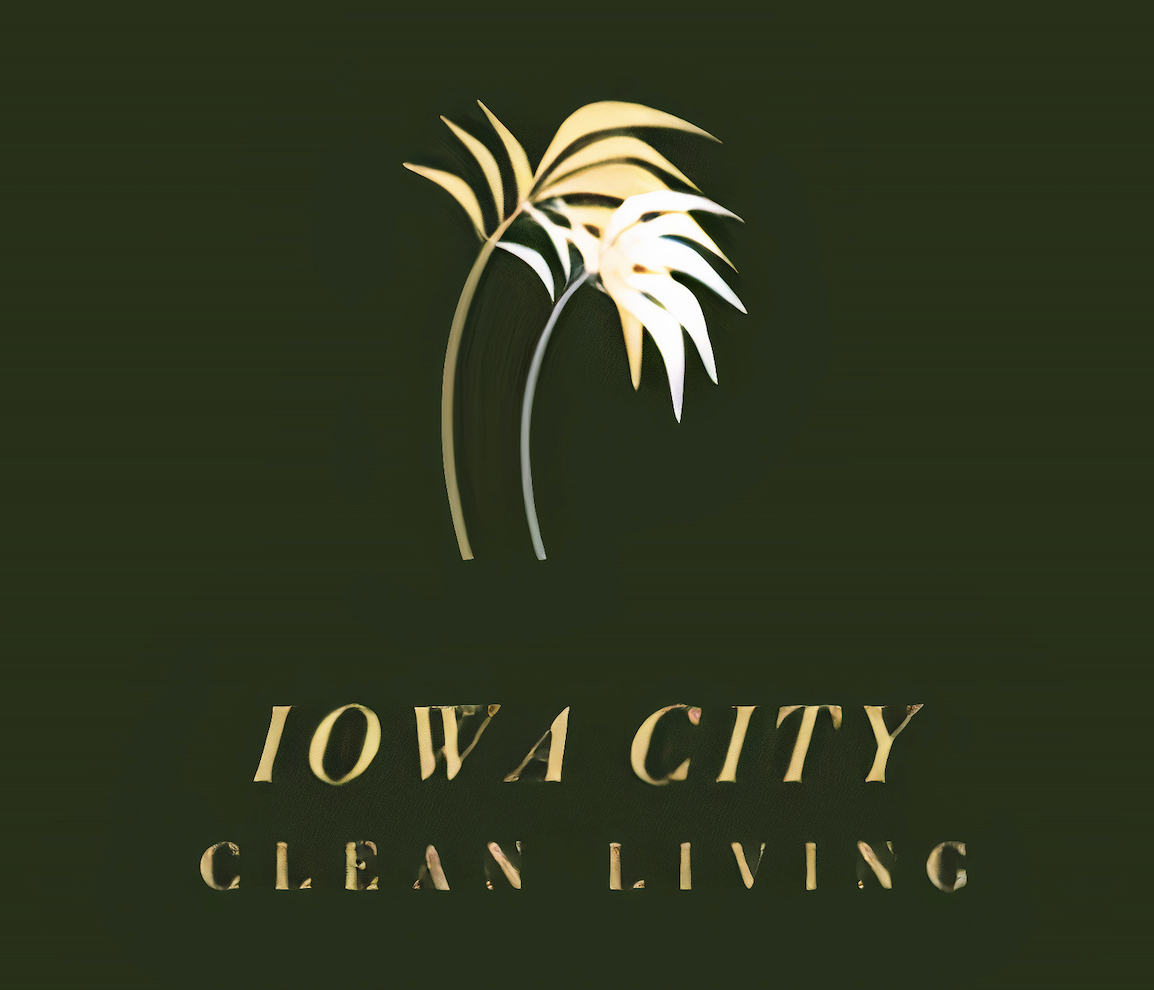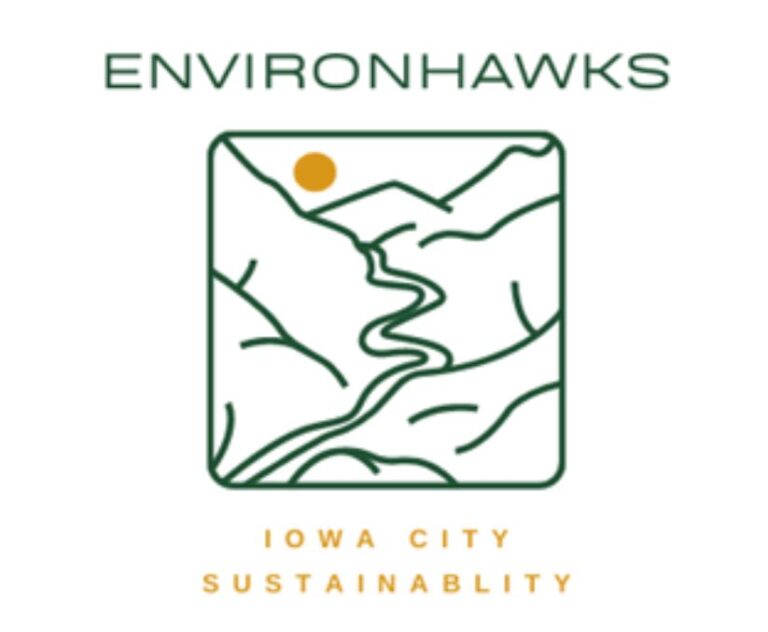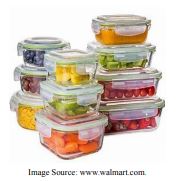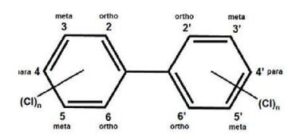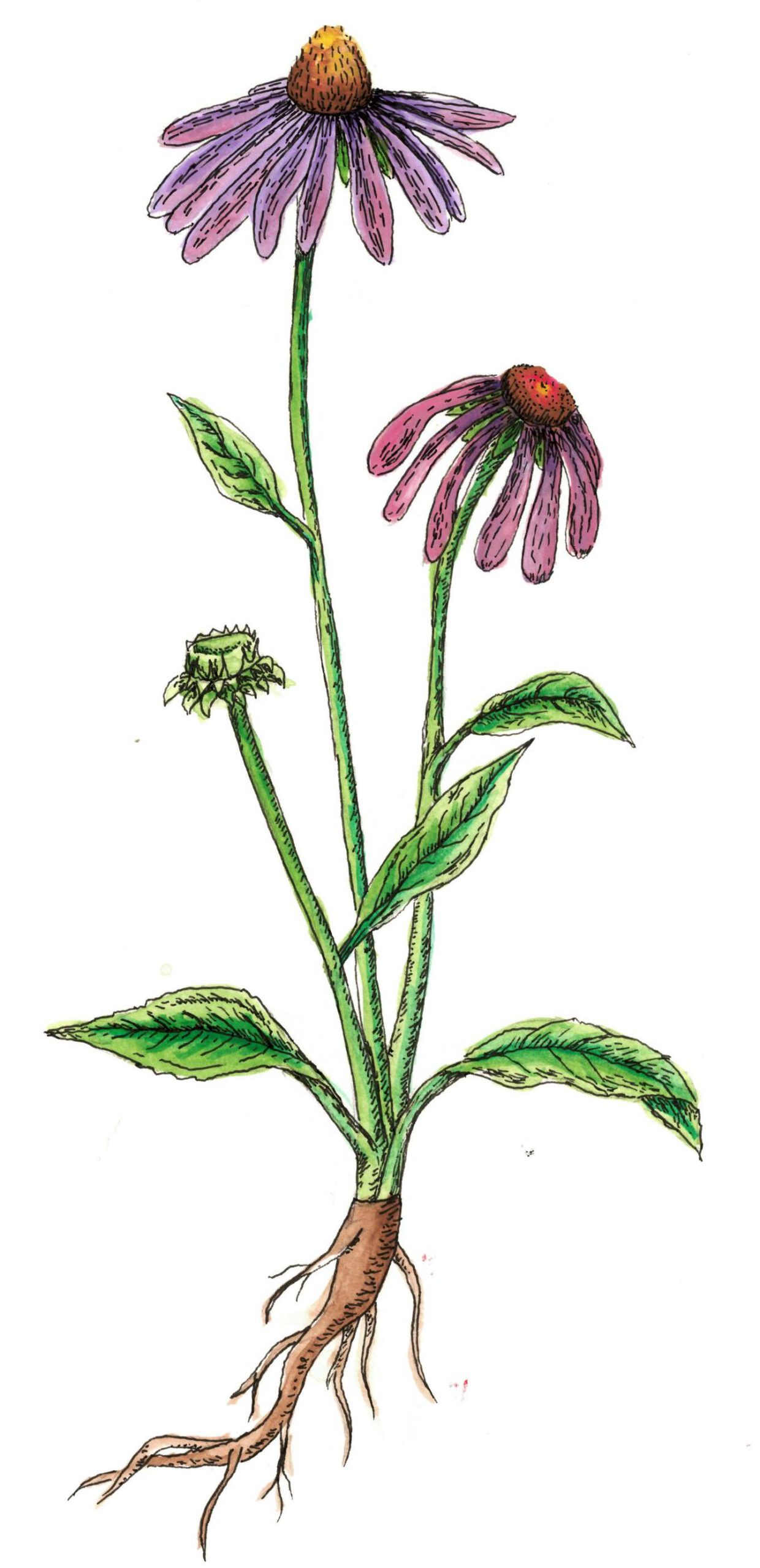Author: Ashton Knatz |
Throughout this blog, I have discussed several common household products and their cleaner, more sustainable alternatives, as well as the usefulness of the EWG rating tool. However, there’s a lot that goes into creating a more sustainable lifestyle, and there are a lot of changes that must be considered. This can make living a sustainable lifestyle complicated and making the switch to cleaner products overwhelming if you take on everything at once. For this reason, it’s important to take things one step at a time and make one switch at a time. In addition, talking with someone that has experience in making sustainable choices can be very helpful!
I had a great opportunity to talk with a family friend about their transition to living a clean lifestyle. Erika Hempstead has done a considerable amount of research over the past few years to implement sustainable lifestyle choices into her everyday life. We talked about different labels to look out for when shopping, which produce you should buy organic, and the EWG rating tool, among other things. Erika’s advice on taking steps towards a more sustainable lifestyle was very helpful, and I learned a lot from her, so I have decided to publish some parts of our conversation.
● When did you begin transitioning towards a clean lifestyle?
○ It was around when I became pregnant with my first child that I started to make bigger changes, because [me and my husband] wanted to equip our kids with the knowledge to make better choices… It was baby steps. [My child] is thirteen now, and I’m still learning.
● Have media helped you in this transition towards a clean lifestyle, or would you say
they’ve hindered your transition?
○ When you look into the right groups on social media, they can be very helpful… If you can get into the clean living groups, a lot of them have already done the research for you, and you don’t have to do it yourself. Media have helped me because true, green products are starting to get more attention.
● Are there research databases like the EWG that can be used to find more research on
clean products?
○ The search engines that you use are important… Using search engines like Google Chrome doesn’t make sense because you see what they want you to see, and there is a lot of censorship. Using search engines like DuckDuckGo and other engines that are a little more secure will give you more raw research.
● What would you say are the worst ingredients in products to keep an eye out for?
○ The more processed the product is, the further you want to stay away from it. I encourage people to shop the perimeter of the store. If the item has an expiration date, that’s what you want to buy, and if it does not have an expiration date, then stay away from it.
○ The big things for me are allergens and sugar. I always tell people to minimize things that have gluten in them, because it is very reactive in most people, as well as sugar.
○ If you can’t pronounce the ingredient, just stick it back on the shelf.
● Have you found that certain ingredients are listed as something else, or bypass
regulations? How do you overcome this?
○ The biggest place that this happens in the United States is the supplement arena, because there are no regulations on them. There could be ingredients in them that are not listed on the label. For supplements, purchase something that is labeled as being third-party tested.
● Are there any brands for general household items that you have found you like, or do you
try to make your own products?
○ I do both – when I can, I use items found around my home, such as vinegar and baking soda.
○ For cleaning products, I like Branch Basics, which is a concentrate that comes in a bottle. Depending on the type of cleaner you want to use it for, you add the concentrate to different ratios of water.
○ I just started using a hair-care line called Innersense, which is a completelyorganic hair line.
● What advice would you give to somebody that wants to implement clean and sustainable
choices in their life?
○ That can be a monumental task – I encourage people to chunk out and set goals for themselves. Food, household products, body care, and cosmetics are all different categories, and I encourage people to separate those out.
○ It can be very expensive to switch everything over at once, so don’t throw away all your old products at once. When you run out of something, replace it with a healthier option.
○ Regarding food, depending on your budget, use the “Dirty Dozen” list first, which is renewed every year. These foods need to be purchased organically because of the extremely high pesticide load.
Erika said something during our talk that really stuck with me.
“Think of your body as a bathtub that has the drain open, but the faucet running as high as it can go, and at all times. The bathtub will drain the water for some time, but the water will eventually overpower the drain, and the bathtub will flood. Your body is the same way – your body can detox naturally for some time, but if you put too many toxins into your body, it will not be able to handle the load after a while.”
Thank you again to Erika for spending time talking with me about my project.
